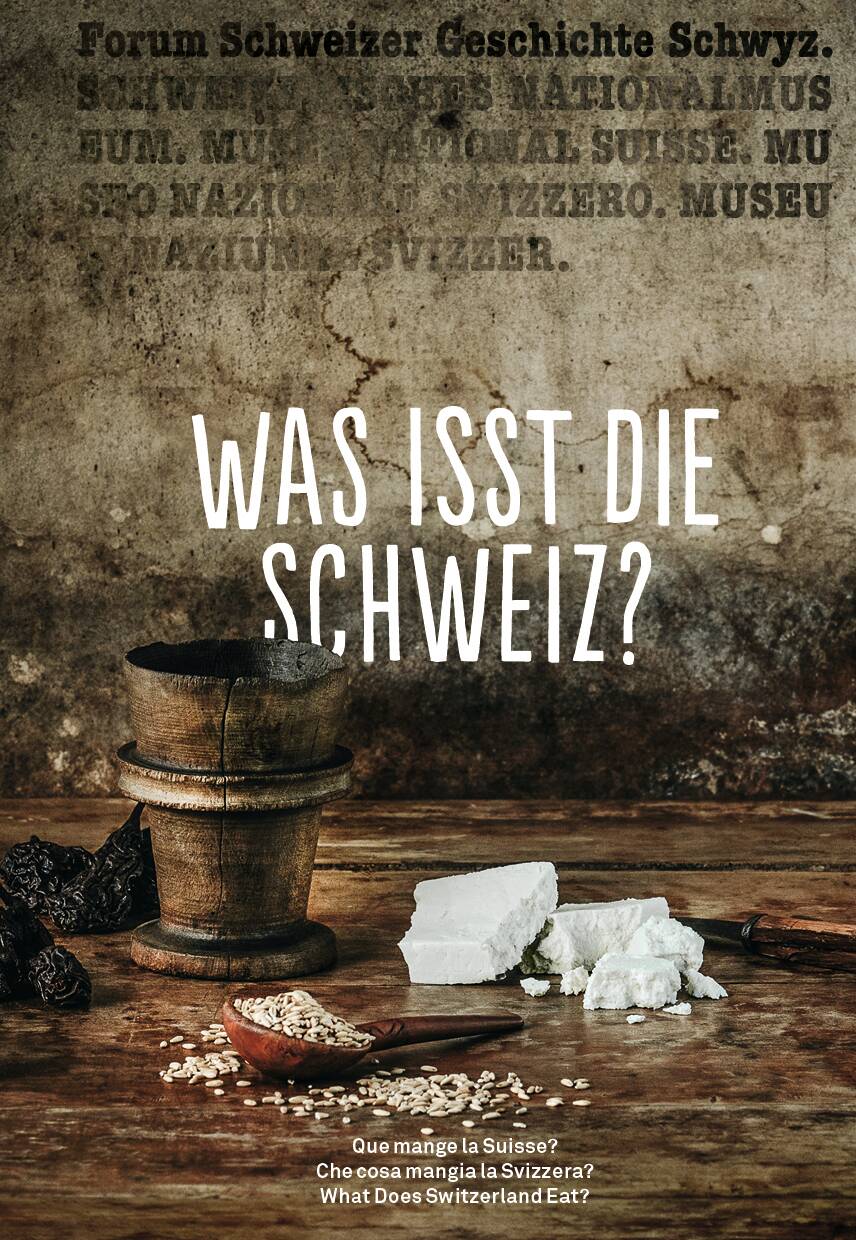“Show me what you eat and I will tell you who you are.” In a world where sharing pictures of your latest meal on social media is all the rage, the familiar adage takes on a whole new relevance. With endless information at our fingertips, knowing where food comes from, consuming seasonal produce and enquiring into the working conditions of everyone involved in its production have become major concerns. Decisions on what to eat are influenced by social, political and economic considerations. Food is not just about sustenance: it is also a nexus of cultural and medical practices and an expression of religious and ethical choices.
Taking its cue from the times in which we live, the exhibition “À table! What does Switzerland eat?” sets out to explore what’s bubbling away in the cooking pots of Homo helveticus. Swiss culinary culture is constantly changing, and this is reflected in the wide variety of its regional specialities. What is our food heritage? Where do its roots lie? Combining a scientific, historical and sometimes playful approach, not forgetting the gourmet side of the topic, this exhibition serves up a fascinating and diverse menu covering everything from table manners and the myriad ways of preparing and consuming food to the mechanisms behind famine and plenty, taboos and culinary trends.
In association with Slow Food and La Maison de la Rivière, the exhibition at the Swiss National Museum – Château de Prangins turns the spotlight on French-speaking Switzerland, with a new display and objects yet unseen. It also emphasizes the social ties created via family recipes and the knowledge shared through professional innovations, while local production, biodiversity and plant heritage will be examined season by season in the museum’s kitchen garden – the largest conservatory of forgotten vegetable varieties and rare fruits in Switzerland.





